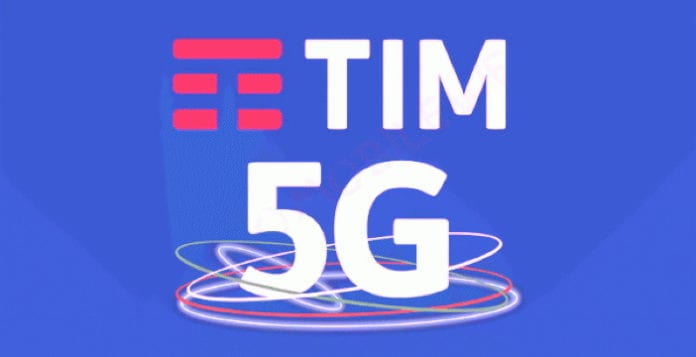TIM and Ericsson, alongside Qualcomm, have successfully completed Europe’s first connection overcoming the 2 Gbps speed barrier on a 5G live commercial network. The connection was completed on a 26 Gigahertz (GHz) millimeter-wave (mmWave) frequency that was acquired by TIM as part of the Italian government’s 5G bid.
The achievement represents yet another milestone in mmWave, following the first 5G connection in Italy and the first 5G videocall in Europe. The performance will improve significantly throughout 2020 as the network will be able to use up to 800 MHz and afterwards up to 1000 MHz, moving the world closer to new Industry 4.0 scenarios with exceptionally fast services, extremely low latency and high levels of security and reliability.
Michele Gamberini, TIM’s Chief Technology and Information Officer, says: “TIM has been a pioneer of mmWave spectrum innovation and with this new European 5G record, the company confirms its technological leadership. Thanks to our innovation and cutting-edge network infrastructure, we are enabling the entire country’s digital transformation. This milestone paves the way for the development of new 5G solutions to grant fixed ultrabroadband to families, companies and public authorities not yet covered. This also includes coverage dedicated to the development of robotics and automation of digital services in the smart manufacturing sector. All of our customers will therefore be able to take advantage of a wide range of integrated solutions that will allow them to fully enter the digital society.”
Emanuele Iannetti, Country Manager at Ericsson Italy, says: “5G will be the main innovation platform of the next decade and it will allow Italy to be increasingly competitive and attractive on the global stage. We are extremely pleased that TIM has chosen Ericsson’s 5G technology to achieve this important milestone, placing our country at the forefront of 5G commercial implementation. This confirms our technological leadership and readiness to anticipate new market demands.”







